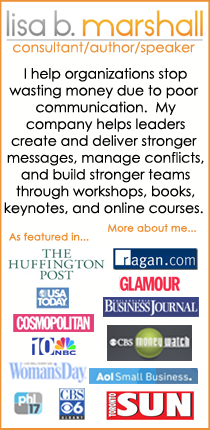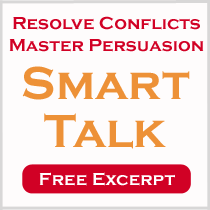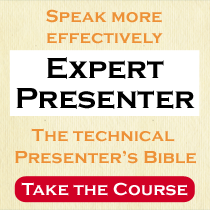Sample Scientific Posters
Learn how to improve your scientific posters by reviewing samples. You can see first hand what works and what doesn’t.
I have viewed hundreds, if not thousands of posters, and this first example is pretty good. Well, honestly, even this one could use some improvement, but it still is among the best.
Take a look for yourself…
http://www.ncsu.edu/project/posters/NewSite/examples/Flounder.html
In my opinion, the best part of this poster is that it is SIMPLE and EFFICIENT. That should ALWAYS be your primary goal. The main message is OBVIOUS, that should be your secondary goal. Be sure to read the evaluation below the poster, I definitely agree with both the positive and negative points mentioned.
Here’s another example. Take a look.
http://www.retroconference.org/2006/PDFs/489.pdf
Here’s my quick evaluation of this one. The title could be clearer…perhaps “Remune increases CD8+ HIV-1 specific cytotoxic responses reducing viral load in patients with chronic HIV-1 infection” Of course, I would need to confirm with the author that this is scientifically accurate. The idea is to include the quantification of the result in the title. Again, to be as SPECIFIC as possible in your title. Your title should be “the quantified simple answer” to the ONE central question that your poster addresses.
One of the nice features of this poster is the use of callouts on the tables to provide the “takeaway” information. However, the red color makes it harder to read; perhaps a darker color would have worked better. Notice the nice use of white space in this poster. But even this could have been improved by removing the box lines around the sections (Tufte refers to this kind of extra stuff as “chart junk”) and changing the text alignment to left justified. The left justification would have first made the text easier to read and second would have provided the visual “edges” that the box lines were providing.
Let’s look at one more. How about this one?
http://ari.ucsf.edu/science/posters_2005/hipp.pdf
This one is not a good as the others. At first glance it appears to have a “clean” visual appeal however upon closer inspection, this one suffers because it is impossible to pull out the most important main ideas from the details. The text sections are too heavy on text and the use a right justified margin makes it extremely difficult to read. Instead, I recommend the use of bulleted phrases especially when you have a section rich in text.
Most importantly, all graphics need large, readable “headline” titles (think like you would see in a newspaper) that communicates the “takeaway” for the graphic. The reader should be granted the ability to just “trust you” based on the title or examine the graph for their own detailed analysis. In addition, graphs need to clearly indicate where the eye should be looking. Remember, you have been working with the data and graphs a long time and automatically know where to look on the graph to “get the information”, a person looking for the first time needs your help. Give it to them in the form of arrows or circles or indicators of some kind.
Finally, I think the dark blue background detracts from the overall white space and therefore detracts from this poster. In addition, by using the blue background, the author was forced to use light text for the title. If this poster was being projected (as in an e-poster) then this would have been fine, however, in print form it actually makes it a bit more difficult to read.
Want to look at more examples of scientific posters? Here is small gallery of posters that are pretty good. One or two of them are unique and worth taking a look. Also, as a bonus there are some comments below them. I don’t always completely agree with the comments or approaches, but they might give you some needed inspiration.
Here’s the gallery…
http://phdposters.com/gallery.php
Your challenge: Critically review one of your own previous posters. If you’re brave <smile> submit it here for review!











There are 3 comments .